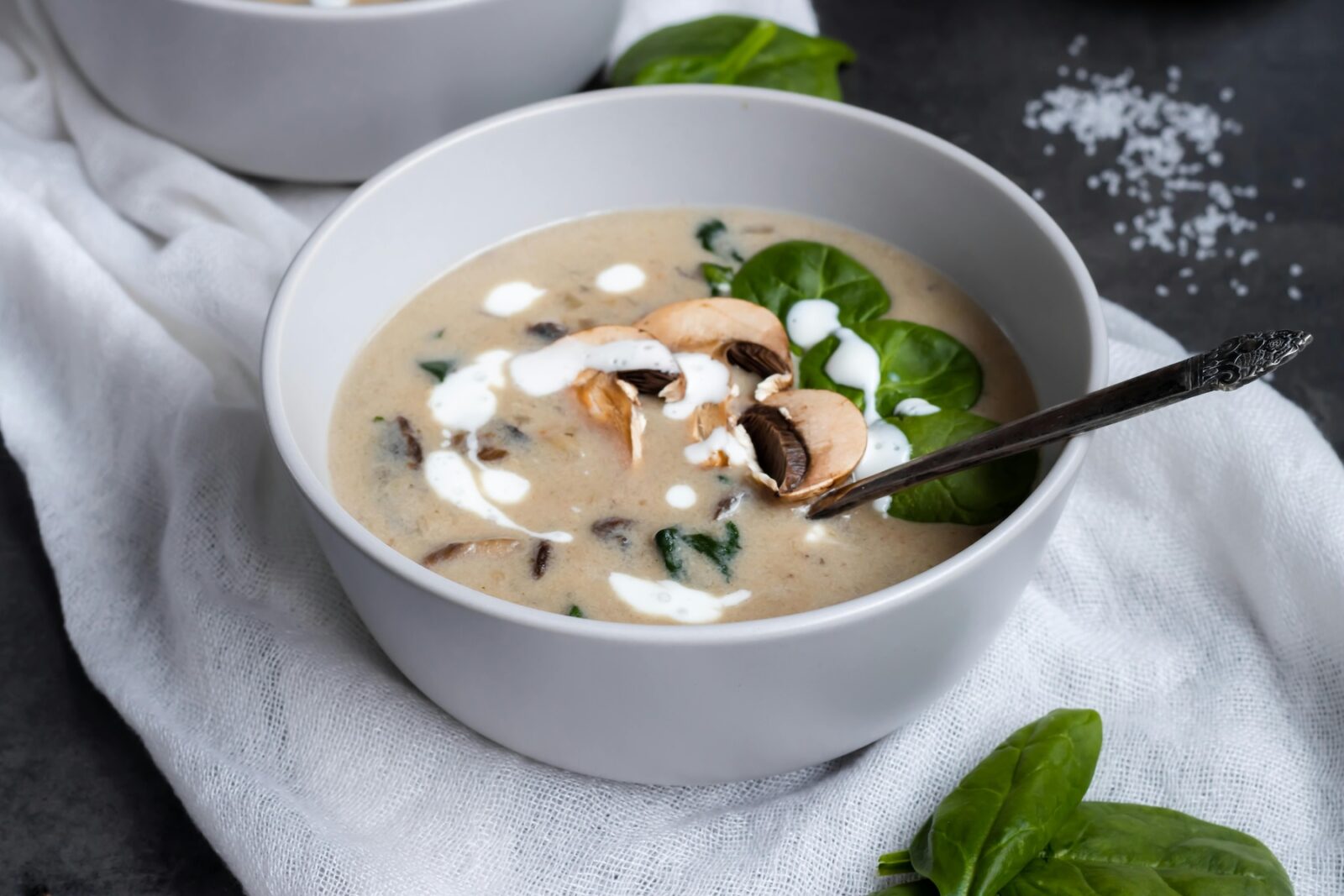
Mushrooms occupy a unique biological category, distinct from both plants and animals. These fascinating fungal entities include varieties that are psychedelic, while others are lethal. Historically, many civilizations viewed even the edible types with suspicion.
Conversely, in China, mushrooms were rapidly adopted. Among these, shiitake mushrooms hold significant cultural value, having been a cherished culinary and medicinal resource in Asia for over two millennia. The esteem for shiitake, particularly for its health benefits, persists today.
The term “shiitake” is Japanese, named after the shii oak tree, a common host for this fungus. In China, it’s known as xiang gu (fragrant mushroom) and hua gu (flower mushroom). Initially exclusive to royalty, the development of cultivation techniques in China made shiitake more widely available. Presently, shiitake ranks as the world’s second most consumed mushroom, following the common button mushroom.
Nutrition
In terms of nutrition, shiitake surpasses the more common white mushroom. Renowned for their rich, umami flavor, shiitakes are also nutritionally dense. They are an excellent source of B vitamins, protein, and notably, the most bioavailable non-animal source of iron. Additionally, they contain vital minerals like selenium and zinc.
Shiitakes are inherently high in vitamin D, but one mycologist has pioneered a method to significantly boost their vitamin D2 content. By drying the mushroom caps with their gills exposed to direct sunlight, he demonstrated that vitamin D2 levels can surge by over 400 times within just two days.
Members Only Content
To continue reading please subscribe to WellnessPlus by Dr. Jess MD
Be your own best doctor with our comprehensive suite of online health coaching tools.
